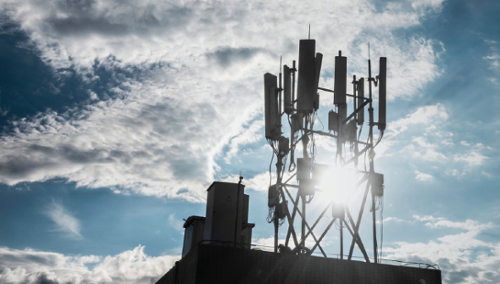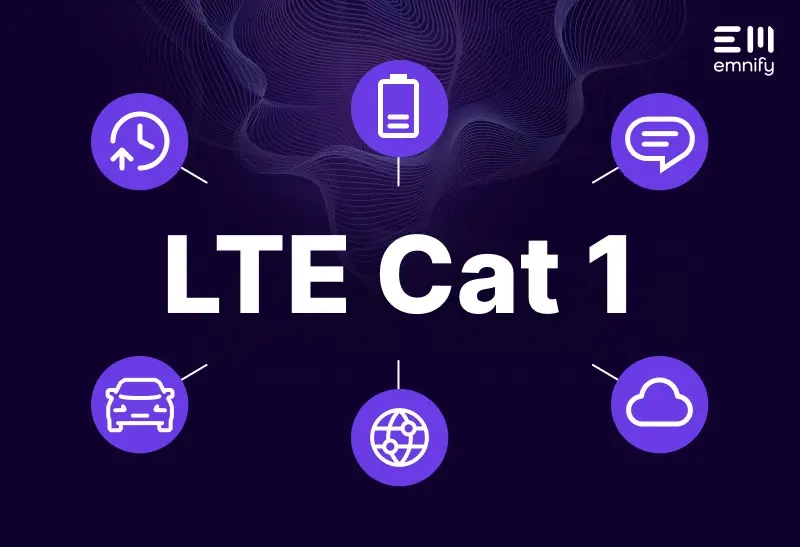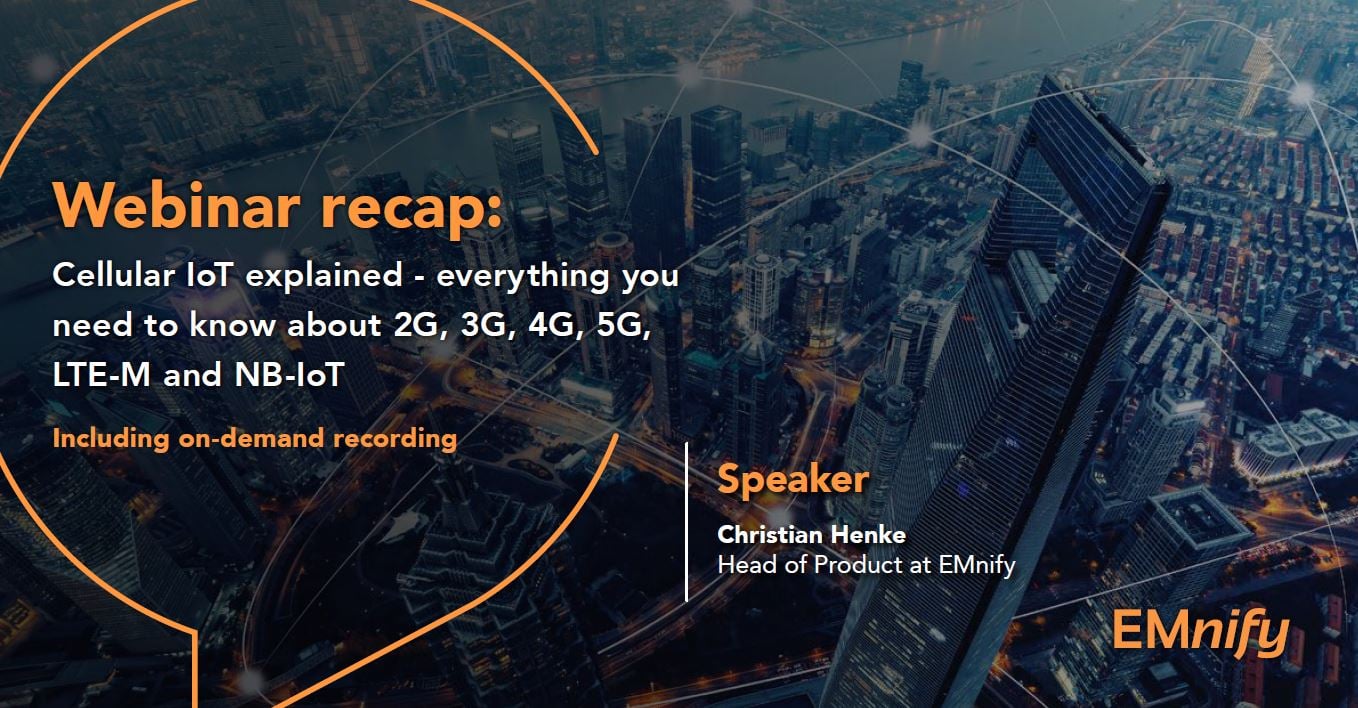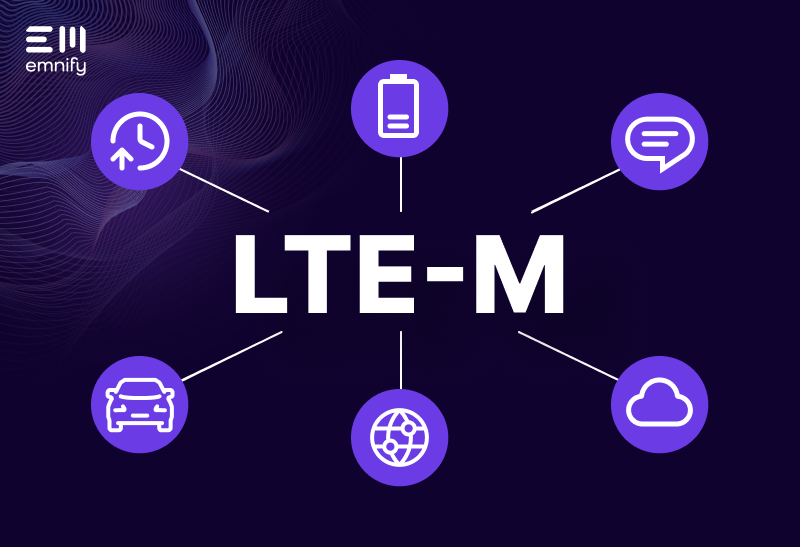

Quick definition: LTE Cat-M2 is the second category of Long Term Evolution Machine Type Communication (LTE-M) standards. Like its predecessor, LTE Cat-M1, Cat-M2 is a variant of LTE technology specially adapted for the Internet of Things (IoT). Defined in 3GPP Release 14, Cat-M2 offers more than three times the bandwidth and several times the download and upload speed of Cat-M1.
LTE Cat-M2 offers the same advantages as Cat-M1, but with faster speeds. In order to use Cat-M2, Mobile Network Operators (MNOs) have to upgrade their Cat-M1 infrastructure. IoT manufacturers, however, won’t need to invest in new technologies: Cat-M1 modems are still compatible with Cat-M2 networks, and Cat-M2 uses the same frequency bands. Since 2016, MNOs have been building up their Cat-M1 infrastructure, but in the future, this will all be Cat-M2.
When Narrowband IoT first came out alongside LTE Cat-M1, NB-IoT was referred to as LTE Cat-M2. This is no longer the case. NB-IoT is part of the family of LTE technology, but it's a separate standard that requires completely distinct infrastructure.
LTE Cat-M2 vs. LTE Cat M1
LTE Cat-M2 is a direct upgrade to LTE Cat-M1, so it’s worth comparing their specs to see exactly what was improved in the new release.
|
LTE Cat-M2 |
LTE Cat-M1 |
|
|
Bandwidth |
5 MHz |
1.4 MHz |
|
Peak Uplink Speed |
~7 Mbit/s |
1 Mbit/s |
|
Peak Downlink Speed |
~4 Mbit/s |
1 Mbit/s |
|
3GPP Release |
14 |
13 |
Everything else is virtually the same, making LTE Cat-M2 the clearly superior technology. Since LTE Cat-M2 simply requires MNOs to upgrade existing infrastructure, IoT manufacturers won’t have to choose between Cat-M2 and Cat-M1. You just have to decide if LTE-M is right for your application.
Here are some of the reasons to consider LTE Cat-M2.
Power consumption
LTE Cat-M2 is a Low Power Wide Area Network (LPWAN). These networks are designed for the Internet of Things, offering connectivity with significantly less power consumption than traditional network technology and coverage over a large geographic area.
Cat-M2 comes with valuable power-saving features, including a Power Saving Mode (PSM) and Extended Discontinuous Reception (eDRx). PSM allows your devices to sleep when not in use so that it doesn’t drain the battery sending location updates. Cellular devices also periodically check with the network to see if there is new downlink information. eDRX delays the time between these checks, further extending the battery life.
Coverage
As a category of LTE-M, Cat-M2 has a significant advantage over other specialized IoT networks: It can utilize components of 4G LTE infrastructure.
Around the world, MNOs are still growing their LTE-M infrastructure, but they’ve made massive investments in 4G LTE, giving this LPWAN a leg up over competing technologies like NB-IoT, which needs more infrastructure investments and therefore the adoption is limited coverage and equally limited roaming options.
Like LTE Cat-M1, Cat-M2 has a Maximum Coupling Loss (MCL) of 156 decibels which is 14db more than LTE, making it well-suited for indoor applications and environments that are prone to interference.
Data speed
Cat-M2 is currently the fastest LPWAN standardized. It’s several times faster than LTE Cat-M1, which was already more than 10 times faster than NB-IoT and other competing technologies like LoRaWAN. Even with the release of LTE Cat-NB2 (the evolution of NB-IoT), no LPWAN comes close to Cat-M2 in terms of data upload and download speeds.
While most IoT devices don’t have many data-intensive processes, there’s one crucial exception that should apply to all of them: Over-the-Air firmware updates. Firmware updates are vital for IoT security. Throughout the lifecycle of your device—which could be 10 years or more—it will inevitably become vulnerable due to bugs and outdated software.
It would be highly cost prohibitive to fly out to each customer and manually apply updates to your devices, but OTA updates involve substantial downloads. The slower your network’s downlink data rate, the longer your device has to use power to receive the much-needed update.
Some manufacturers simply take the risk and forgo firmware updates altogether, leaving their devices and their customers vulnerable to cyber attacks. But with Cat-M2, you can future-proof your devices and deliver firmware updates as needed OTA, which also allows you to add new functionality to your devices throughout their life cycles.
Get connected with emnify
emnify is a communication platform specifically designed for IoT. Utilizing cellular IoT technology, we enable your devices to connect to more than 540 networks—including LTE Cat-M1 networks and Cat-M2 as soon as networks and modules become available —in over 180 countries.
Get in touch with our IoT experts
Discover how emnify can help you grow your business and talk to one of our IoT consultants today!

Nhu Ho
Nhu has over six years of experience working with networking technologies and IoT connectivity solutions. She’s an avid tech learner with a customer-focused mindset.



